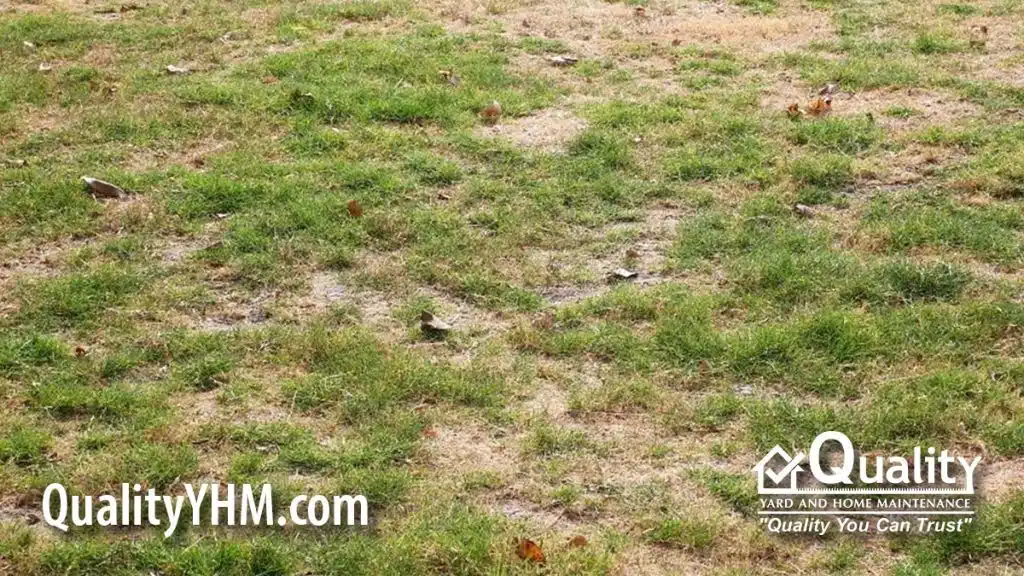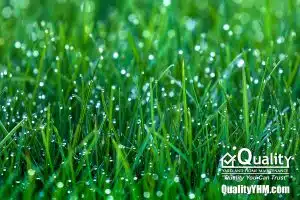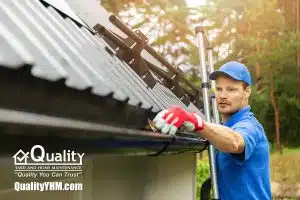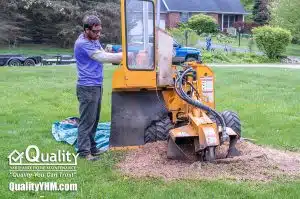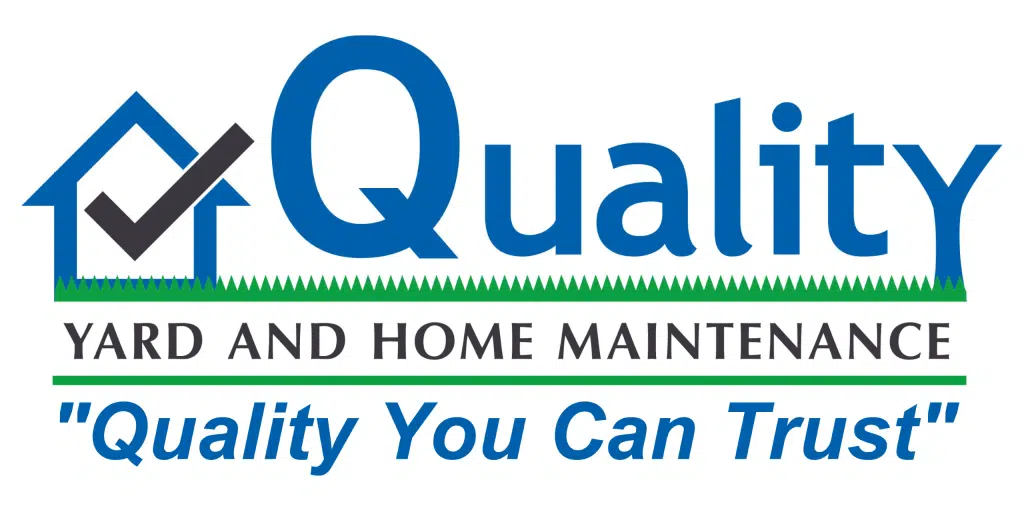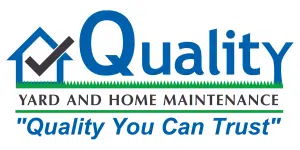Ah, the great outdoors! There’s nothing quite like the sight of a lush, green lawn under the sunshine, right? But hold on—what if your beloved grass starts looking not-so-lush? It might just be that you’ve got some uninvited guests beneath the surface: grubs! Don’t worry, though, we’re here to dig into the nitty-gritty of what’s bugging your lawn. In this article, we’ll explore the 7 signs your lawn has a grub problem, offering you a mix of expert insights and down-to-earth advice. Ready to get to the root of the problem? Let’s dive in!
What Exactly Are Grubs, Anyway?
Before we get our hands dirty, let’s clarify what we mean by “grubs.” Grubs are the larvae of beetles, such as Japanese beetles, June beetles, and European chafers. These little critters are not just creepy; they’re hungry! They feast on the roots of your grass, causing all sorts of havoc in your garden.
Recognizing the Enemy: Signs of Grub Damage
1. Spongy Grass That Feels Like Walking on a Mattress
Ever felt like you’re bouncing a bit while walking across your lawn? That could be a sign that grubs are at work. When these larvae munch on grass roots, the turf loses its firmness, resulting in a spongy feel. It’s like nature’s own trampoline, but definitely not as fun!
2. Brown Patches That Just Won’t Green Up
If you’re seeing brown patches that remind you of a bad dye job, grubs might be to blame. These areas can’t get the nutrients they need due to damaged roots, leading to unsightly brown spots. And no, more water won’t always fix this!
3. Grass That Lifts Up Like a Carpet
Imagine pulling up a corner of your carpet with ease; if you can do this with your lawn, it’s a clear sign of grub trouble. With their roots nibbled away, the grass can literally be rolled up. Quite the party trick, but definitely a bad sign!
4. Increased Bird Activity in Your Lawn
Got more birds than usual pecking away at your lawn? They might be after the grubs! While it’s great for birdwatching, it’s bad news for your lawn’s health.
5. Visible Grubs Underneath the Surface
Sometimes, you’ve just gotta see it to believe it! If you spot white, C-shaped larvae beneath the soil surface, that’s your smoking gun. These little buggers are the root of your problems—literally.
6. Your Lawn Is Dying Despite Proper Care
If you’re the kind who fusses over your lawn with the right amount of watering, mowing, and love, but it still looks like it’s on its last leg—grubs might be playing foul.
7. Increased Mole Activity
Moles love grubs. If you see more of these furry critters around, they might be feasting on a grub buffet under your lawn. While moles can help by eating grubs, their tunnels can damage your lawn further.
Expert Tips to Combat Grub Problems
Battle Plan for a Grub-Free Lawn
- Early Detection: Catching grub activity early can save your lawn. Regularly check for the signs we mentioned.
- Proper Irrigation: Don’t overwater your lawn. Soggy conditions can attract more beetles to lay their eggs.
- Use Nematodes: These beneficial worms can be natural predators to grubs. Applying them to your lawn can help reduce grub populations.
- Consider Professional Treatments: If things are out of hand, certain pesticides can help. While grub treatments at the big box stores seem inexpensive, hiring a professional lawn care and landscaping company will get you the best bang for your buck, and keep your lawn looking great all season long.
Dealing with the Grub Menace: A Step-by-Step Guide
- Confirm the Grub Presence: Slice a 12-inch square of turf about 3 inches deep. Peel it back. If you count more than five grubs, it’s time to act.
- Choose the Right Treatment: Not all products are created equal. Depending on the time of year and the severity of the infestation, your approach may vary. Products containing imidacloprid, thiamethoxam, or chlorantraniliprole are best used in early summer for preventive treatment. If you need immediate action, products with dylox or trichlorfon might be necessary.
- Maintain Your Lawn: Regular maintenance such as proper watering, mowing, and aeration helps keep your lawn healthy and better able to withstand and recover from grub damage.
- Monitor and Repeat: After treatment, keep an eye on your lawn for signs of recovery or further issues. It may be necessary to reapply treatments annually to prevent reinfestation.
FAQ: Dealing with Grubs
Q: How often should I check for grubs?
A: It’s a good idea to check twice a year: once in early spring and again in late summer.
Q: Can I use natural remedies to deal with grubs?
A: Yes, in addition to nematodes, maintaining a healthy lawn is key to preventing grub problems. Avoid overwatering and fertilize appropriately to keep your grass robust.
Q: When is the best time to treat for grubs?
A: The best time ranges from late Spring for preventative care, to early fall, when grubs are young and more vulnerable to treatment.
Q: Can grubs come back after treatment?
A: Yes, grubs can return, especially if adult beetles are still around, even in your neighbors’ lawns. It’s a good idea to treat your lawn annually if you’ve had issues before.
Q: Are there any natural remedies to prevent grubs?
A: Yes, maintaining a healthy lawn with good cultural practices is key. Also, introducing natural predators like nematodes can make a big difference.
Conclusion
So there you have it! The 7 signs your lawn might be suffering from a grub infestation are not just warning bells but a call to action to rescue your green space. Spotting any of these signs early can help you take swift measures to mitigate damage and reclaim your turf.
Battling grubs is no small feat, but with the right knowledge and tools, you can protect your lawn and enjoy a healthy, vibrant green space. Remember, the best defense is a good offense: regular maintenance and early detection are your best bets in the fight against grubs. Stay vigilant and keep your lawn looking its best!
For best results, we recommend one of our complete lawn care programs. This relieves you, the homeowner, of dealing with these pesky invaders, and allows the PROS to handle the problem. Proper lawn care, including correct mowing, fertilization, watering and grub treatment is the best path to keep your lawn looking great all season long.
To request a quote on keeping your lawn looking GREAT, click the button to complete our Request a Quote form or call 614-559-0078.

